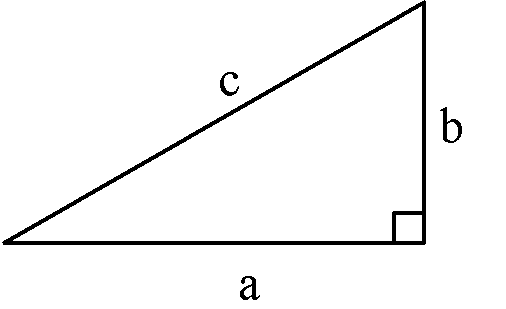I now look at our class and I think to myself, I'm in college, I learned a ton and I enjoyed myself. This course is exactly what i had been always wanting and needing. This course is what proved my old teacher's statement wrong. While learning so many methods and ways to teach in order to benefit the students best, I enjoyed the class. I didn't have my typical dreaded attitude towards it when it was time to go to class. This is all because it was hands-on. I wasn't forced to sit in a seat, listen and not talk. In fact, it was encouraged to speak our mind and even if our responses weren't necessarily correct, we were never shut down.
I find this class to just be so great because it's truly what I knew all along, learning at a high level can still be fun. I knew it all along, I just never had a professor that felt the same and therefore I never got to experience it until now. On top of it all, I see how well it worked and much it affected me. I love how many manipulative's we were introduced to while also learning how to run a discussion. Each class was a different idea of something I could do in my own classroom in the near future! Often times after class, I would take our activities and do them with my roommates and they would truly enjoy them or say how perfect this would be for elementary aged children.
My take away from all this is this: LEARNING CAN BE FUN NO MATTER WHAT THE AGE!
It's sad that so many teachers/professors don't see it this way or as if they can teach in this manner. I think this truly leaves a lasting impact on a student, me being a perfect example. Fun, interactive ways of learning math often FORCE students to learn while not even realizing what they are doing. Some of my most favorite activities were Family Math Night, Stats Posters, Pentominoes and the Skittle Activity. We were all so focused on what we were doing and the fun of accomplishing it, that we didn't even fully realize that we were doing math.
I hope for all you future teachers, the impact for you was as powerful as it was for me and we start a generation of learning this way. Our education system lacks this more than I can stress, but the exciting part is that WE as teachers, are what it takes to make the change!














